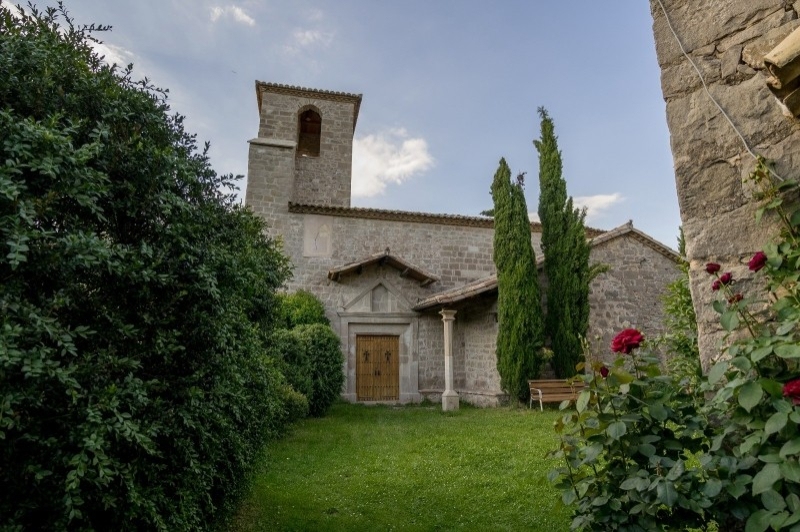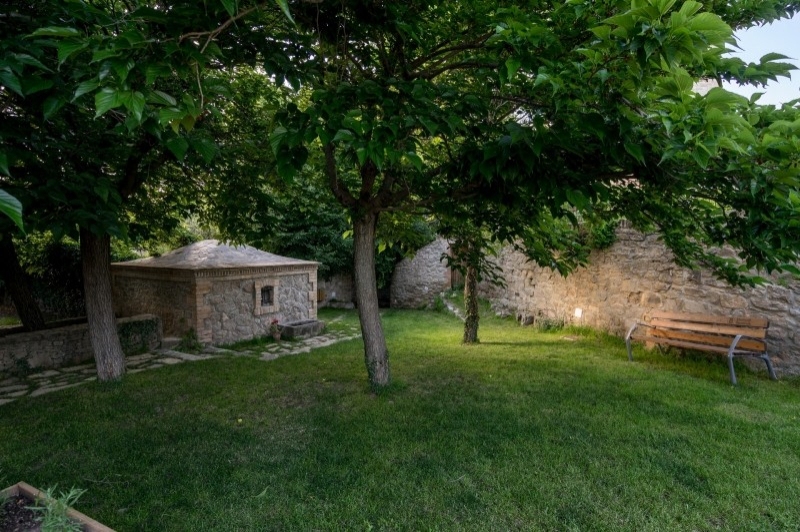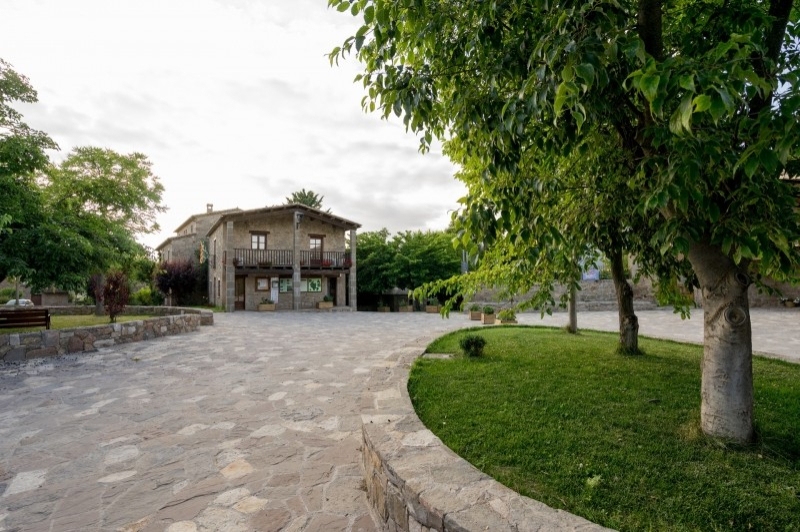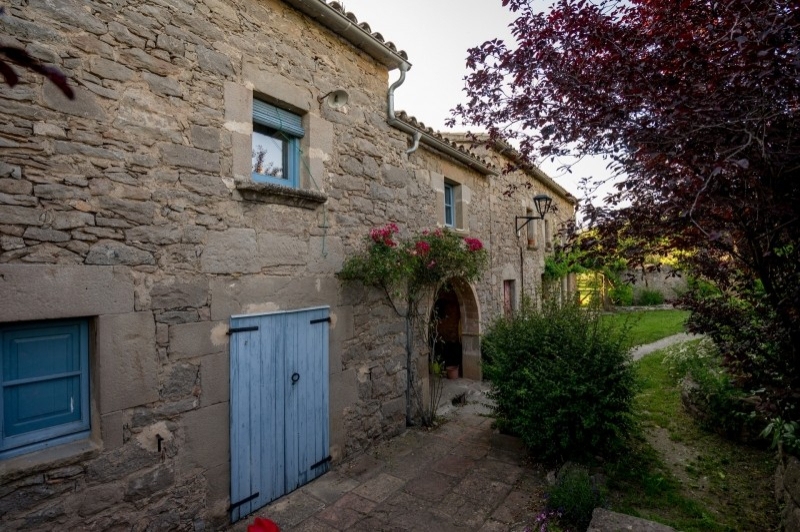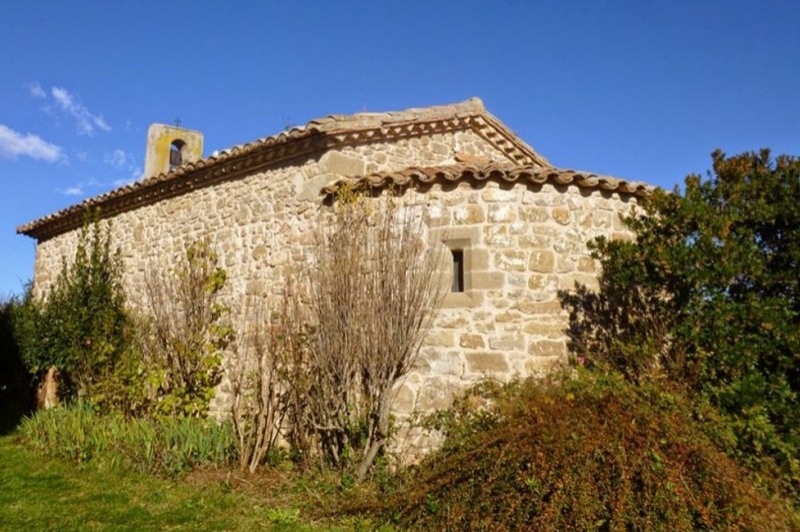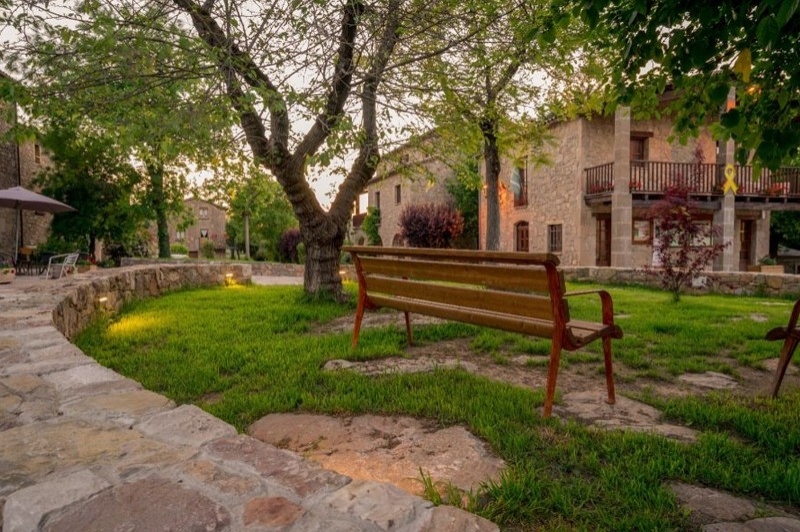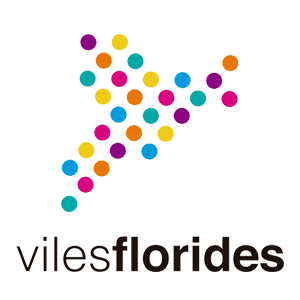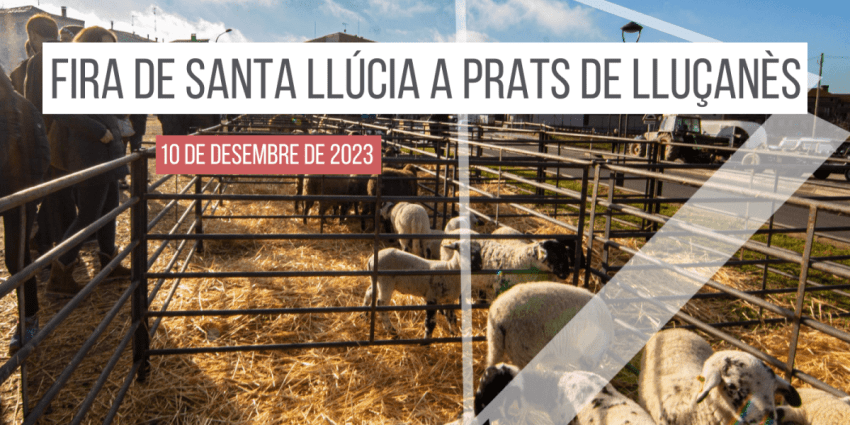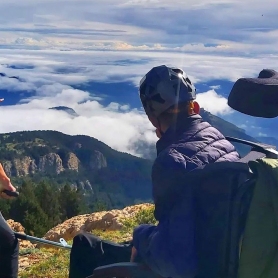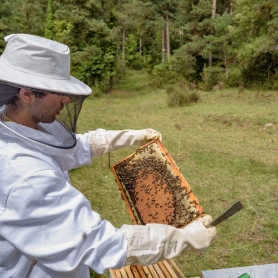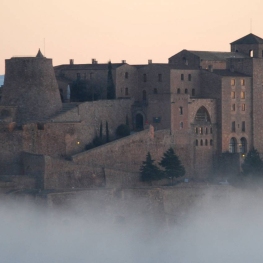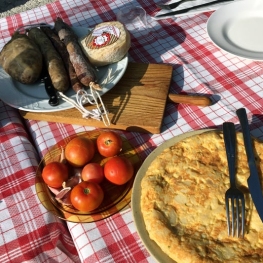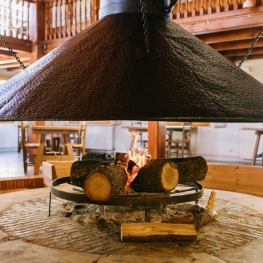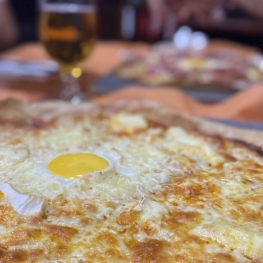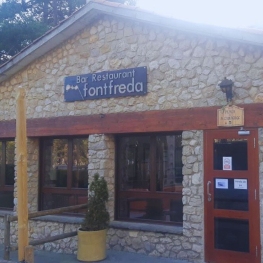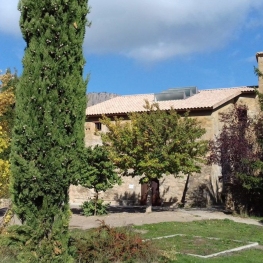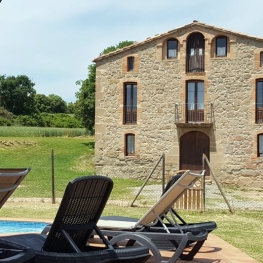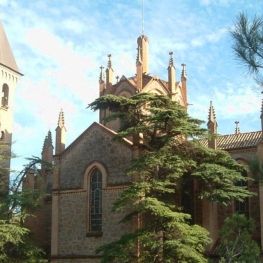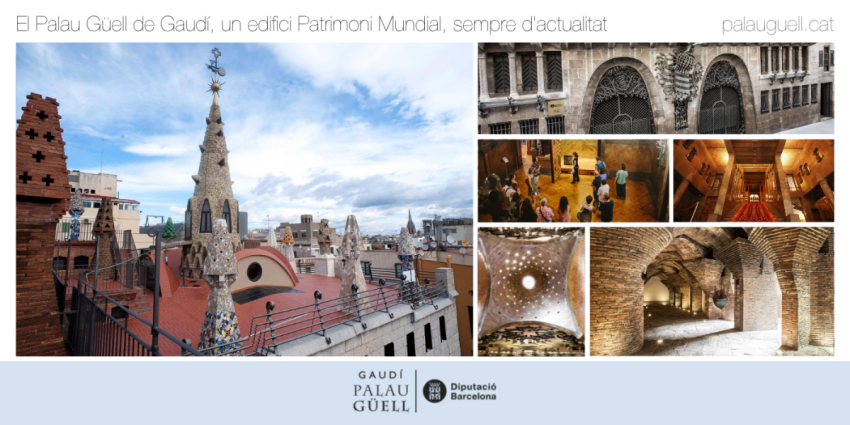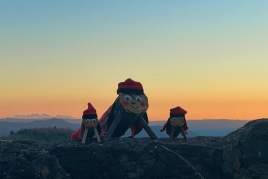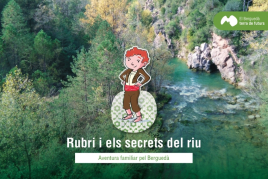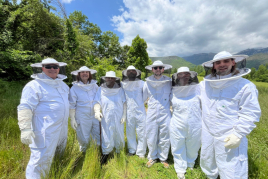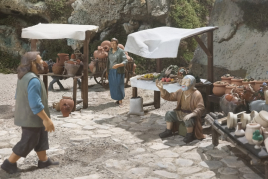Montclar
A town in the Berguedà region, Montclar can be said to have existed as an inhabited place since the end of the Roman world and the beginning of medieval times (around the 6th or 7th century).
In the High Middle Ages, between the 7th and 10th centuries, the first function of the Montclar hill must have been that of an oppidum, a fortified place and a natural refuge for the surrounding population and their livestock.
All evidence confirms that it was a fortified village, where a church (dedicated to Saint Martin) was probably built in the Carolingian period. Until the 9th century, the traditionally scattered settlements, including farmhouses, huts, cabins, and towers, and even primitive forms of housing such as caves, remained throughout the region.
Two " Strades " or Ral roads converged at Montclar. One royal road made the south-north route from Cardona to Berga. The other, from east to west, connected the areas of Lluçanès and Baix Berguedà with Solsonès.
PLACES OF INTEREST
The Bassa
It is a very unique feature that distinguishes Montclar. It is a circular surface enclosed by a wall about two meters high, except for the opening of the access stairs that leads to the town square. The vegetation that has grown around it makes this place a cool and very pleasant space in the warmer months. In the past, the pond was filled with rainwater and the Font del Rector. When the Three Kings' Fair was held in the town square instead of the Pla de les Alzines, the pond was used as a drinking trough for the livestock sold at the fair.
The Font
Located at one end of the town square, the fountain consists of a tap and a stone trough. It is attached to the wall of the water tank, where the water was stored. The fountain, built with masonry and brick cornerstones and covered by a dome, follows the style of other buildings in the municipality. The tank was filled with water from the Font dels Racons, close to the town (at the foot of the road leading to Espunyola ), and was used to irrigate the parish priest's vegetable gardens, right next to the church.
Church of Santa Creu de Montclar
The first mentions of the church of Santa Cruz de Montclar date back to the 10th century, in the consecration ceremony of the monastery of Sant Llorenç, near Bagà. Most likely, it was the church of the now-vanished Montclar Castle, dating from the 13th century.
The Castle
It was the stately home that flanked the entrance to the town. It was a reconquest castle that took advantage of its elevation to act as a lookout and protect the population. During the 14th and 15th centuries, the castle passed through different noble owners, lords, knights and even kings, such as James II or Alfonso the Magnanimous. Later, a house was built and, after the War of Succession, the then owners, the Parcerissa, were forced to demolish its defensive parts. Currently, only underground elements remain in the house of Cal Sastret, which was built on the site of the 16th-century Montclar Castle, there the royal administrative and financial power was delegated to the town.
El Portalet and the Royal Road
El Portalet was once the confluence of the two royal roads that ran through the center of Montclar: the one from Berga to Solsona and the one from Berga to Cardona. Here, the roads from the regions of Berguedà, Solsonès, Bages, and Osona met. Currently, we find a new portal, with semicircular arches from the 1960s; previously, only a passageway could be found underneath the house.
The Cemetery
Of medieval origin, although it most likely extended around the church at that time, the Montclar cemetery consists of an enclosure with the Cruz del Pedró (Cross of Pedró) in the center (18th-19th centuries). The area was blessed here and prayers were said between the May and September festivals of the Santa Cruz, asking for the protection of the crops. We can also find a fence that corresponds to the custom of separating cemeteries from urban centers in the late 19th and early 20th centuries, and the iron access gate, where the peculiar phrase "Today I, tomorrow you" (1912) can be read.
The Rectory
The rectory stands overlooking the town square. It is a late 17th-century building with three floors. A balcony juts out from its façade, providing an exit overlooking the square, and another balcony forms a porch on the ground floor with four semicircular arched openings. There is an octagonal stone well.
Nearby routes
See all routes »- Permanent orientation circuits in Montclar
- Circular route the Tossals de Vilella (a 2.4 km)
- A walk through the plans of Montmajor… (a 2.4 km)
- The Pujol de Planès and the Navel… (a 2.4 km)
- Route through the streams of Sorba,… (a 2.4 km)
What to do
Guies d'Arrel
Berga (a 11.1 Km)Guías d'Arrel is a company dedicated to providing support to nature, with…
Mel La Caseta, mel artesanal al Berguedà
Avià (a 7.9 Km)Visit the bees with your family, partner, or school and taste their…
Where to eat
Restaurant Apartaments Els Roures
Castellar del Riu (a 11 Km)Rest, charm and good cuisine, a unique space located in Berguedà, at…
Bar Restaurant Xato
Gironella (a 9.6 Km)Order pizzas, burgers, tapas... at Xato Bar-Restaurant and we'll deliver them to…
Restaurant Font Freda
Castellar del Riu (a 10.6 Km)A restaurant offering a wide selection of Catalan dishes, especially notable for…
Where to sleep
Alberg La Rectoria de la Selva, Fundesplai
Navès (a 11.9 Km)The Selva Rectory is located in the municipality of Navès. This colonial…
Escardívol turisme rural
Viver i Serrateix (a 7.9 Km)Three restored farmhouses for your rural getaway. The common denominator in all…
Restaurant Apartaments Els Roures
Castellar del Riu (a 11 Km)Rest, charm and good cuisine, a unique space located in Berguedà, at…
Alberg Cal Pons, Fundesplai
Puig-reig (a 11.6 Km)Discover Cal Pons, a hostel that is part of the architectural complex…
Events
Experiences
Be a beekeeper for a day! - Mel La Caseta
Mel La Caseta, mel artesanal al Berguedà (Avià) (a 7.9 Km)

